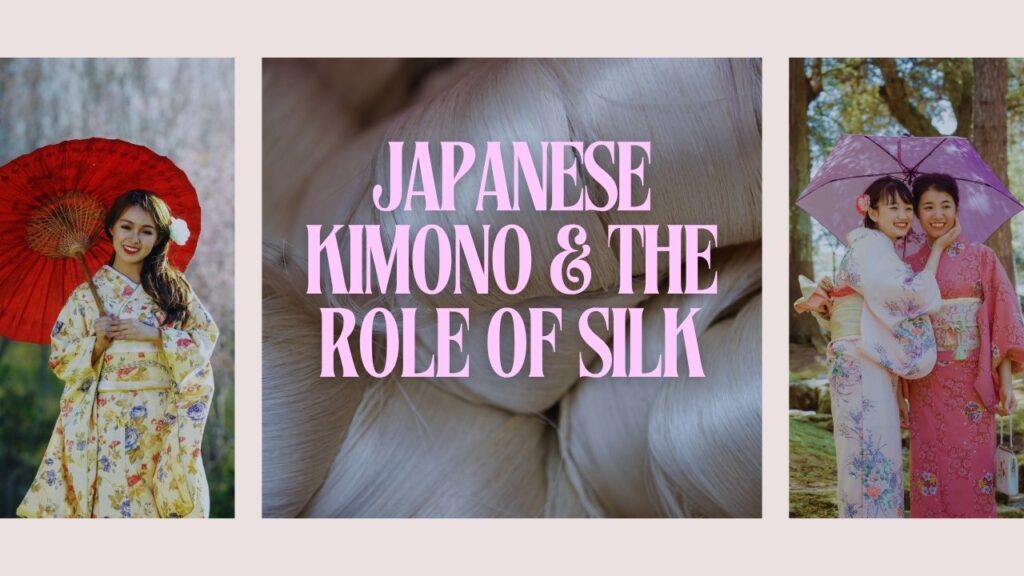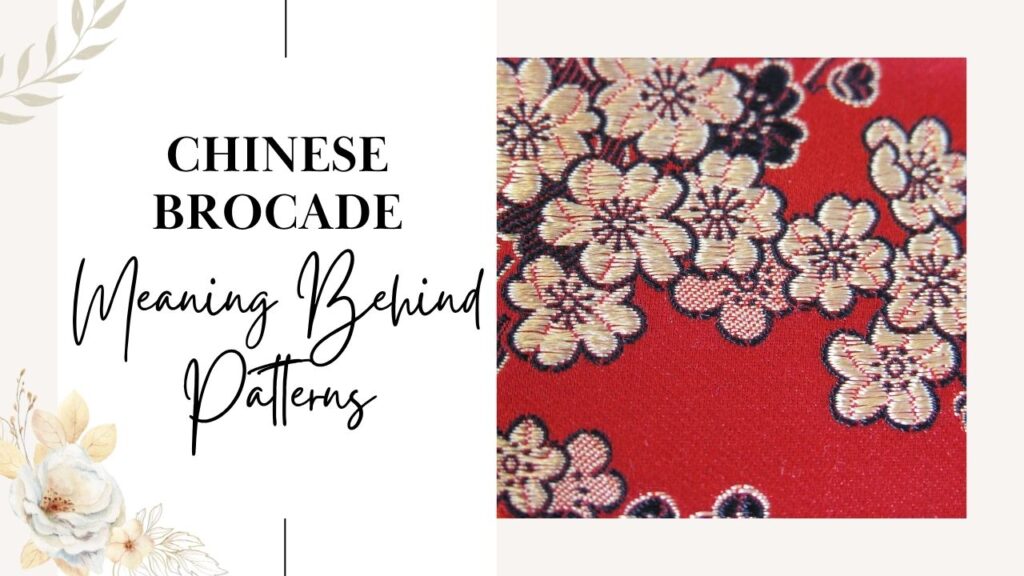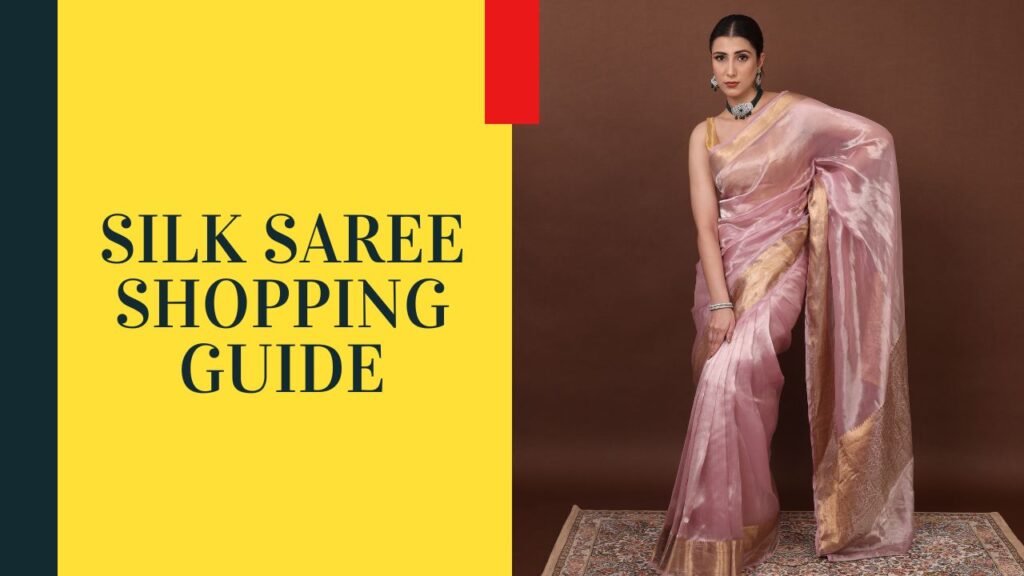Introduction
Have you ever taken a closer look at a piece of Thai silk? Then you know what is so magical and so special about it.
Thai silk is mysteriously special. It is not merely cloth but stories woven into strings, traditions stitched into designs, and a royalty that has made it, having been loved all over the world.
And here is a picture of how it works: generations of women seated at wooden looms, handed down through the generations, in a small village in Thailand. Their fingers move the colored threads gently with graceful ease through and through the bamboo shutters, and as the sun shines on them, their fingers tell a story that dates back centuries and unfolds itself.
It is Thai silk, you see! A living and breathing article of Thai soul.
It has taken its position not only at home and in markets, but also from palaces to catwalks all over the world. It’s gleaming brightness, fine lines, and workmanship that is simply impossible to duplicate on machines.
Let’s now shift our attention to the core of Thai silk- its ancestry and methods, and its current position in fashion. Regardless of whether you are culturally inclined or are simply interested in beautiful fabrics, there is a small touch of magic in every fiber of thread in this trip.
The Origins of Thai Silk
Let’s now time travel 3000 years back!
Imagine tired travelers traversing the old China to present-day Thailand and traveling with more than just some luggage. One of their gifts is? The silk making!
This craft settled in the northeast area of Isan. Families started to weave their silk with the small handbelts and by using natural products – mud which was found on river banks, dye which was made of local plants, and silkworms which they raised by themselves. Today, every village has its unique style, unique patterns, which are based on their beliefs, daily life, and local folklore.

The Royal Stamp
Now here’s where the story becomes royal. These weaves did not just appeal to Queen Sirikit in the mid-20th century as a beautiful fabric; rather, she perceived it as a piece of Thailand that had to be nurtured.
She was determined to restore this declining tradition, and this she did by promoting thai silk both locally and internationally. She opened up craft centers and training programs to make women in rural settings become skilled weavers, a livelihood out of a tradition.
Thai silk not only bounced back through her efforts, but it did so under the glare of international acclaim. Thai silk was featured on catwalks in Paris one time, and at royal ceremonies here at home, and it is truly the recognition that Thai silk deserved.
Types of Thai Silk
Similar to how each area in Thailand tastes different in foods, each kind of Thai silk has a personality as well. Some of the more well-known varieties are as follows:
- Mudmee Silk
This is the other type that is well-known because of its elaborate tie-dye and is produced in Isan. This will be your choice in case you like vivid, complex designs.
- Phrae Wa Silk
Created by the Phu Thai ethnic group in Kalasin, it is coveted because of its delicate brocade decorations. Picture something good enough to earn a seat in a royal household.
- Lamai Silk
Sleek, shiny, and plush, this is usually only used on formal wear and ritual clothes.
- Eri Silk
This is the one you choose when you are inclined towards sustainability. It is being environmentally friendly, soft, and possesses a more delicate texture.

- Tussar Silk
Its raw, relatively rough finish makes it appealing to people who want something more natural to the touch.
Every variety is a different story itself, made by the hands of those who weave it and the culture around them.
The Weaving Process
Production of Thai silk does not occur overnight. It is art, love, and time-consuming. This is how this wonderful cloth is created:
- Cultivation of Silkworms
The whole process begins with silkworms feeding on mulberry leaves. They spin cocoons out of which the silk is born as they grow.
- Boiling & Reeling
The cocoons are carefully boiled in order to remove the cocoons to draw threads that are reeled onto spools.
- Coloring The Threads
Special pigments made out of plants, roots, and even mud dye give a bright, deep coloring to the silk.
- Weaving
This takes the longest process. Threads are woven by handloom, which is mainly operated by old ladies or younger artisans trained by them, into beautiful designs, usually consuming weeks or even more to make one piece.
No two pieces are the same, and that’s exactly what makes them special.
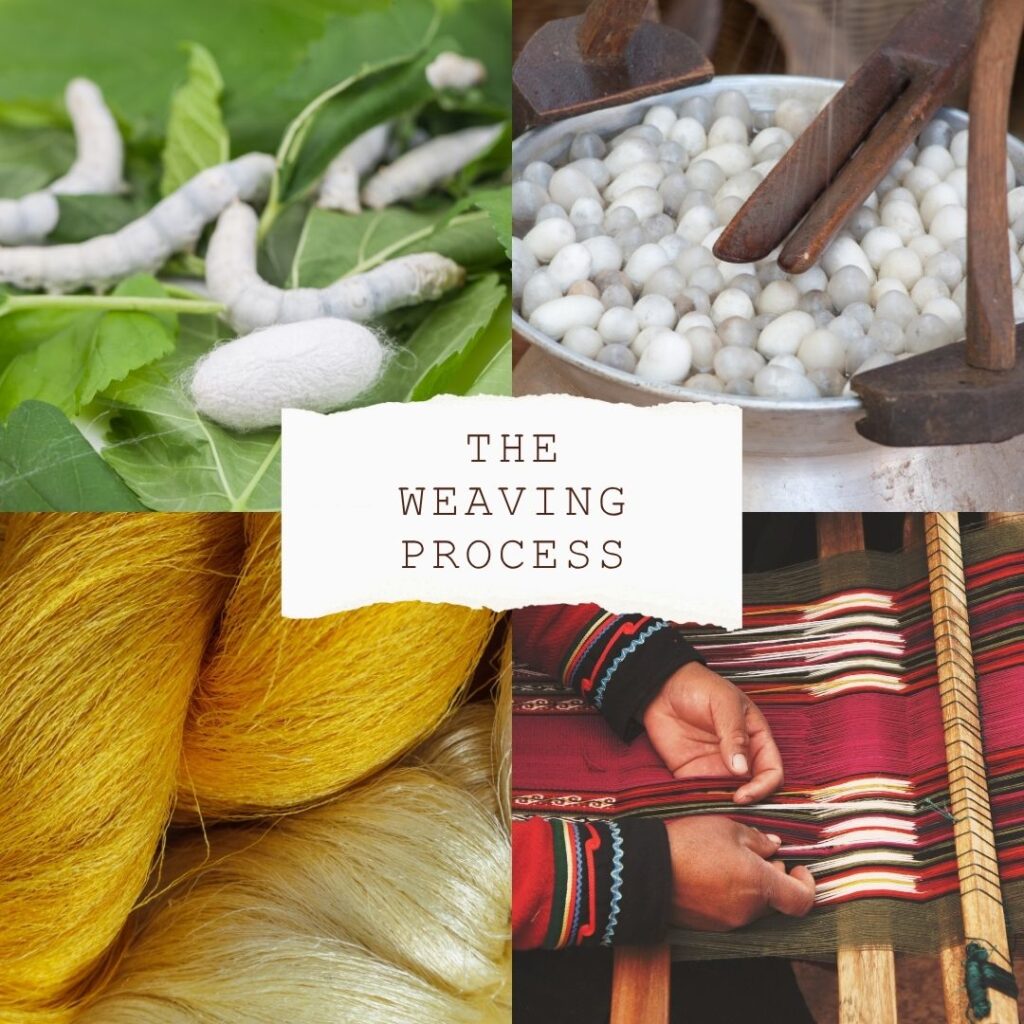
Thai Silk in Modern Times
Thai silk is not trapped in the past, even though the process is held in tradition. In the current fashion industry, it is coming back with a twist.
Old-school patterns are combined with mere cuts, resulting in the creation of everything, from elegant dresses, jackets, high-end scarves, and even cushion covers. Thai silk is also used in luxury hotels where it appears on drapes, chairs, and walls, introducing a bit of the past to the contemporary setting.
It has an air of timelessness to it, and in a world of seeking authenticity and sustainable fashion, Thai silk is getting its voice back.
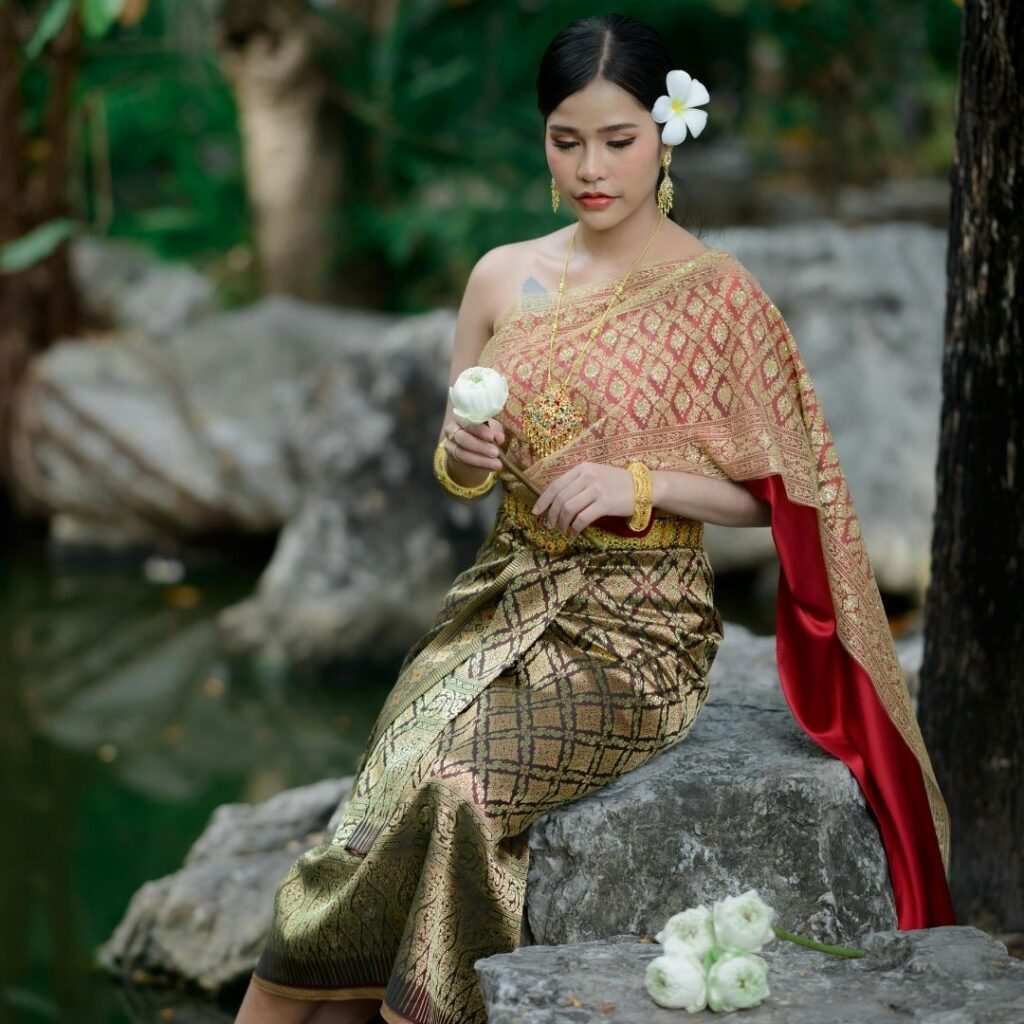
Protecting a Legacy
Of course, with great beauty comes risk; imitation Thai silk is a real problem. That’s why the Thai government launched the Royal Peacock Mark, a certification label that guarantees the silk’s origin and authenticity.
There are four categories under this mark, each signifying the region and quality of the silk. Beyond this, cultural festivals, exhibitions, and educational tours continue to raise awareness and preserve traditional techniques.
The goal? Keep the spirit of Thai silk alive while gently adapting it for the modern world.
Conclusion
Thai silk isn’t just something you wear or decorate with; it’s a living heirloom. From the hum of village looms to the glint of a royal brooch, it represents history, identity, and a deep well of artistry.
As we search for meaning in what we wear and how we live, Thai silk offers a beautiful reminder: real beauty lies in stories, in hands that create with love, and in traditions that stand the test of time.
FAQs
1. What makes Thai silk so special?
It’s the handmade touch, natural dyes, shimmering threads, and traditional weaving that give each piece a distinctive beauty and soul.
2. Why do people say it’s part of Thailand’s royal heritage?
Queen Sirikit played a huge role in reviving Thai silk, seeing it not just as artwork but as a part of the national identity. Her influence brought it back to life and into the global spotlight.
3. How do I know if Thai silk is real?
Real Thai silk feels warm, with slight thread irregularities and a natural sheen that changes in different lighting. And if you see the Royal Peacock Mark? That’s your sign of authenticity.
4. What are the major types of Thai silk?
Mudmee, Phrae Wa, Lamai, Eri, and Tussar, all with their look and feel, are shaped by local tradition.
5. Where can I buy the real deal?
Certified stores in Thailand, artisan villages, or selected online sellers displaying the Royal Peacock mark.
6. Who’s behind the weaving?
Mostly women in rural communities who’ve learned the craft from generations before them. Their work keeps traditions alive and supports their families, too.
7. Is Thai silk eco-friendly?
Yes. Traditional Thai silk uses natural dyes, minimal machinery, and organic materials, making it a sustainable choice in today’s world.


